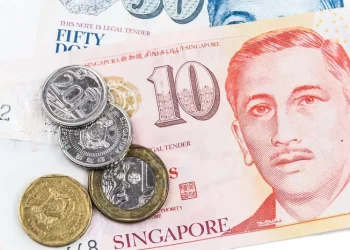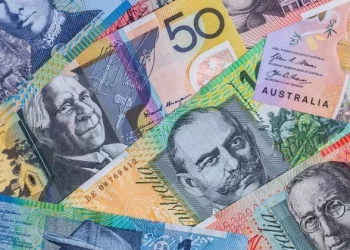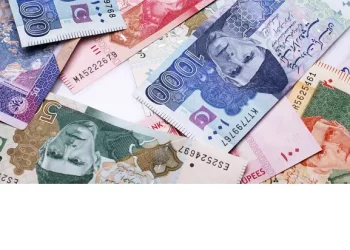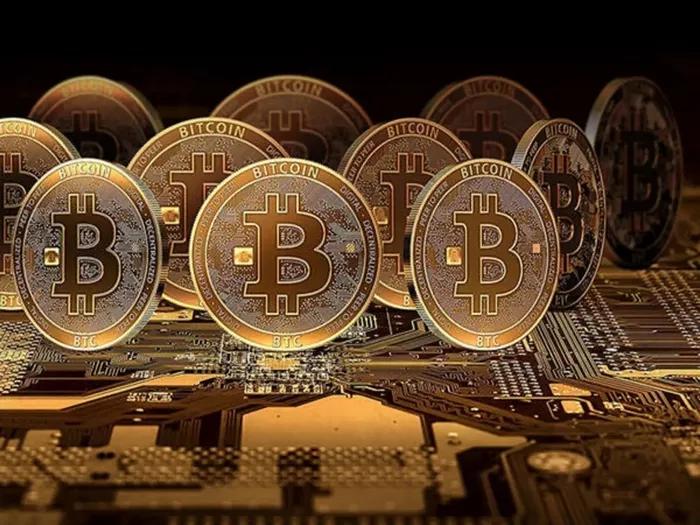The exchange rate between the US dollar (USD) and the British pound (GBP) is a key topic in global finance. Many people wonder, “How many USD are in a pound?” The answer changes daily due to market forces. This essay explains the factors that influence the exchange rate. It also discusses the history of the pound and dollar. Finally, it examines how businesses and travelers are affected by currency fluctuations.
The British pound is one of the oldest currencies in the world. The US dollar is the most widely used currency for trade. When exchanging pounds to dollars, the rate is not fixed. It moves based on supply and demand. Economic conditions, interest rates, and political events all play a role. Understanding these factors helps in making better financial decisions.
This essay will cover the following points. First, it will explain how exchange rates work. Next, it will look at historical trends between the USD and GBP. Then, it will discuss the main factors affecting the exchange rate. After that, it will explore the impact on trade and travel. Finally, it will conclude with key takeaways.
Understanding Exchange Rates
An exchange rate shows how much one currency is worth in another. For example, if 1 GBP equals 1.25 USD, then one British pound can be exchanged for 1.25 US dollars. Exchange rates fluctuate constantly. They are set by the foreign exchange market (Forex). This market operates 24 hours a day.
Exchange rates can be either fixed or floating. A fixed rate is set by a government. A floating rate changes based on market conditions. The GBP and USD have a floating exchange rate. This means their value changes freely.
When demand for the pound rises, its value increases. When demand falls, its value drops. The same applies to the dollar. Many factors influence demand. These include trade, investment, and economic policies.
Historical Trends of GBP to USD
The pound has historically been stronger than the dollar. In the early 20th century, 1 GBP was worth about 5 USD. After World War II, the pound weakened. By the 1970s, 1 GBP was around 2 USD.
In recent years, the exchange rate has moved between 1.20 and 1.50 USD per pound. Major events affect this rate. The 2008 financial crisis weakened the pound. The Brexit vote in 2016 caused another drop. The COVID-19 pandemic also impacted the rate.
The dollar’s strength depends on the US economy. When the US economy is strong, the dollar rises. When it is weak, the dollar falls. The pound reacts similarly to UK economic conditions.
Factors Affecting the GBP to USD Exchange Rate
Several factors influence the exchange rate between the pound and the dollar. These include interest rates, inflation, political stability, and economic performance.
Interest rates play a big role. Higher interest rates attract foreign investors. This increases demand for the currency. If UK interest rates rise, the pound may strengthen. If US rates rise, the dollar may strengthen instead.
Inflation also matters. If prices rise too fast in the UK, the pound loses value. A weaker pound means more USD is needed to buy one GBP. The US dollar is affected in the same way.
Political events cause big swings. Elections, trade deals, and conflicts all impact currency values. Brexit is a clear example. The pound fell sharply after the referendum.
Economic growth drives currency strength. A strong UK economy boosts the pound. A strong US economy boosts the dollar. Trade balances also matter. If the UK imports more than it exports, the pound may weaken.
Impact on Trade and Business
Exchange rates affect international trade. A stronger pound makes UK exports more expensive. This can hurt British businesses selling abroad. A weaker pound makes imports costlier. This can lead to higher prices in the UK.
US companies trading with the UK face similar issues. A strong dollar makes US goods more expensive in the UK. A weak dollar makes them cheaper. Businesses must manage currency risk. They use hedging strategies to protect profits.
Multinational companies watch exchange rates closely. A sudden shift can impact earnings. Some companies set prices in stable currencies like the dollar. This reduces uncertainty.
Impact on Travel and Tourism
Travelers also feel the effects of exchange rates. A strong pound means UK tourists get more dollars when traveling to the US. This makes trips cheaper. A weak pound means less spending power abroad.
For US visitors to the UK, the opposite is true. A strong dollar makes the UK more affordable. A weak dollar makes it more expensive. Tourists often exchange money when rates are favorable.
Hotels, airlines, and shops adjust prices based on currency trends. A weak pound may attract more US tourists to the UK. A strong pound may encourage Brits to travel to the US.
How to Check the Current Exchange Rate
The exchange rate changes every day. Many websites provide live updates. Banks and currency exchange services also display rates.
When exchanging money, fees matter. Some services offer better rates than others. Credit cards may charge extra for foreign transactions. Travelers should compare options before converting currency.
Investors track exchange rates for trading opportunities. Forex traders buy and sell currencies for profit. They analyze trends and economic data to predict movements.
Conclusion
The exchange rate between the US dollar and British pound is always changing. Many factors influence this rate. Economic conditions, interest rates, and political events all play a role. Businesses and travelers must adapt to these fluctuations.
Historically, the pound has been stronger than the dollar. However, recent events like Brexit have shifted the balance. Understanding exchange rates helps in making informed financial decisions.
Whether for trade, travel, or investment, knowing how many USD are in a pound is useful. By monitoring economic trends, individuals and businesses can manage currency risks effectively. The relationship between these two currencies will continue to shape global finance.
Related topics:































